Japan Autumn Leaves Tour
Koyo & Momiji
Koyo & Momiji
Japan is famous for its four distinct and breathtaking seasons. Colorful leaves – Koyo are to the Japanese autumn what cherry blossoms are to spring.
If you plan a trip to Japan between October and December, you absolutely cannot miss the many beautiful spots for autumn leaves. Taking a trip to some areas where leaves have turned red & yellow, especially in the mountains, public parks, or temple & shrine grounds is called momijigari in Japanese.
On this Japan Autumn Leaves Tour you will view magnificent autumn foliage in some of the most famous gardens, temples, shrines, and nature spots in Japan.
From USD 15,600 per person – excl. flights
(double occupancy)
Early October ~ Early December
Ideally 13 Nights
3 Nights
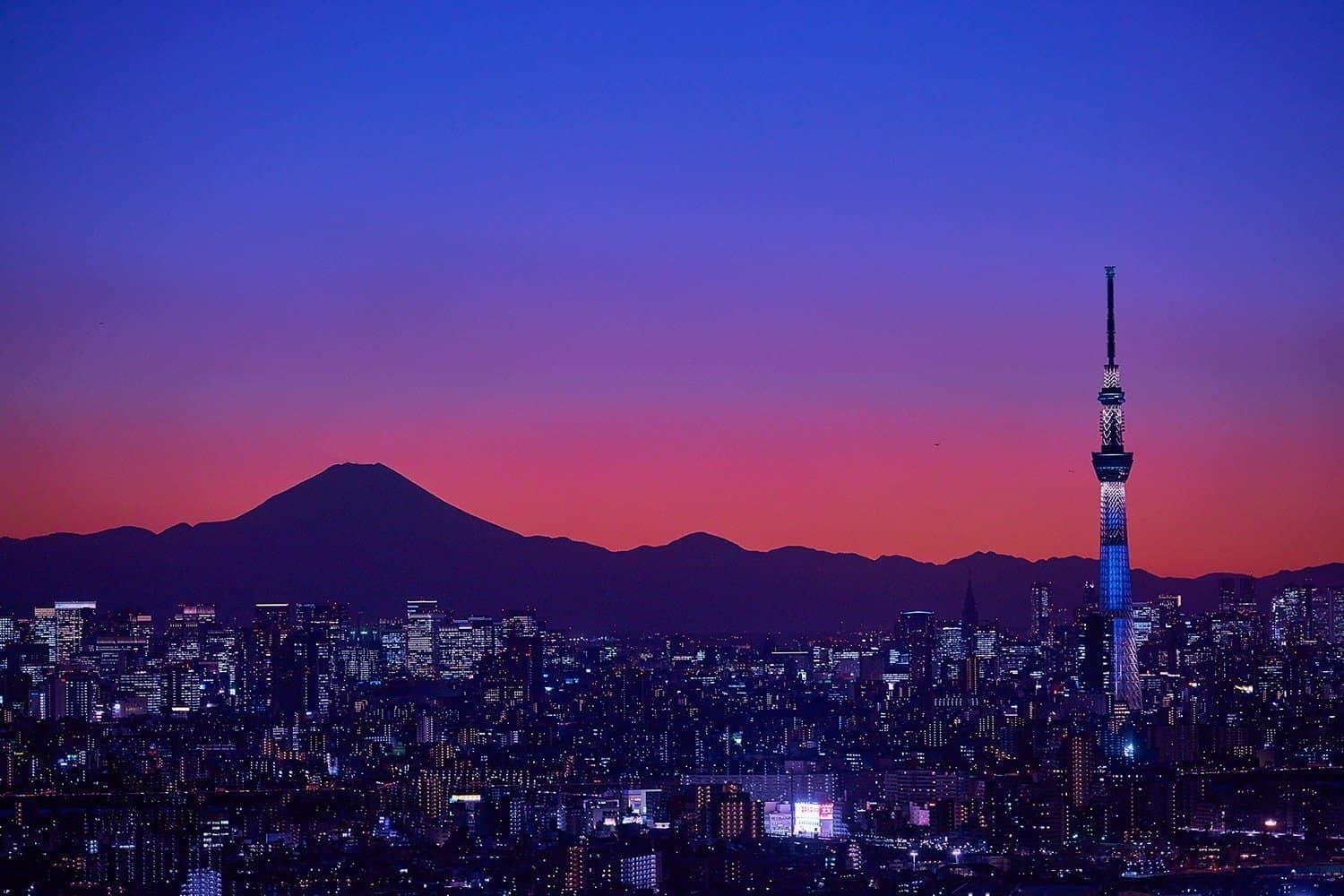
1 Night or Visit
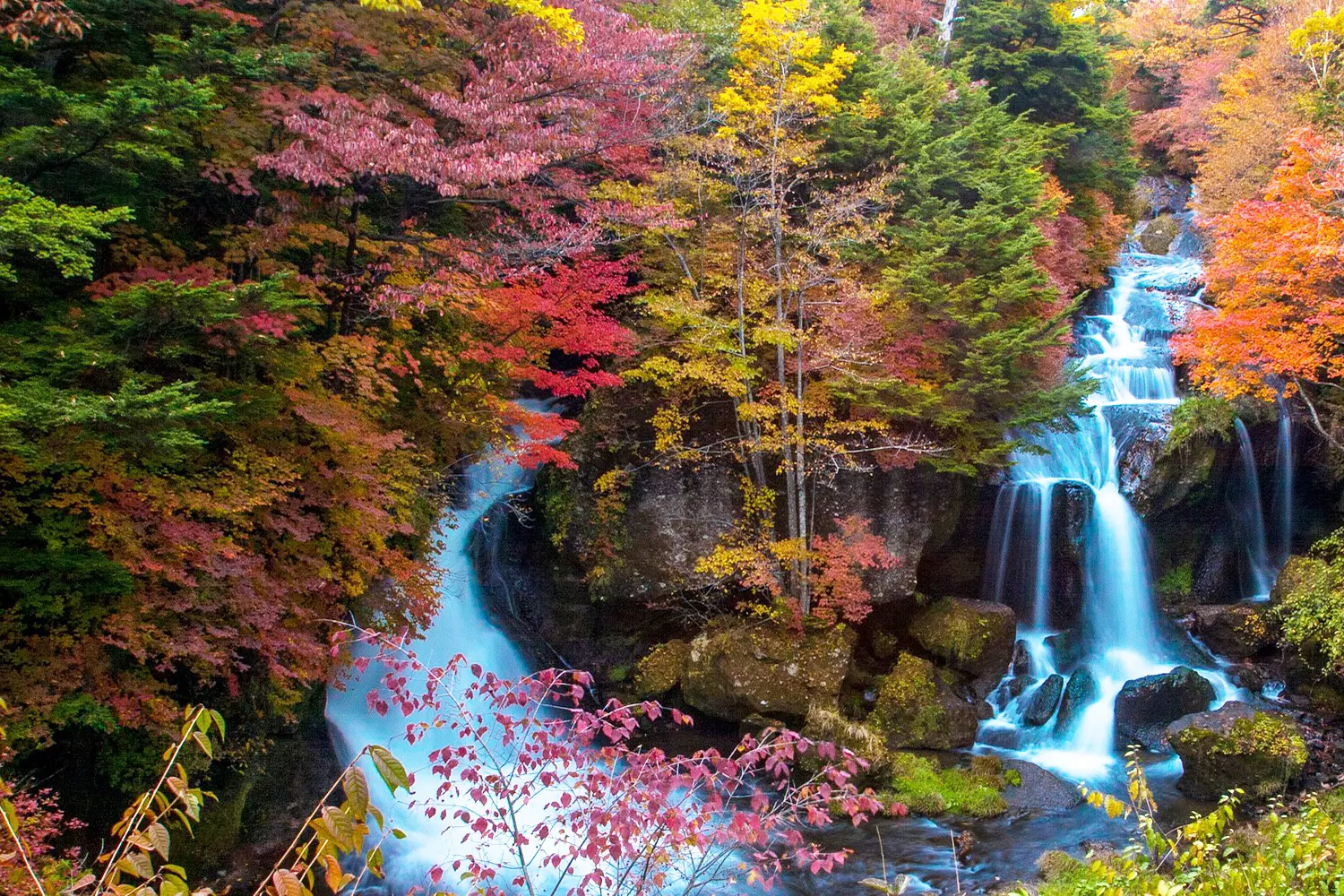
1 Night
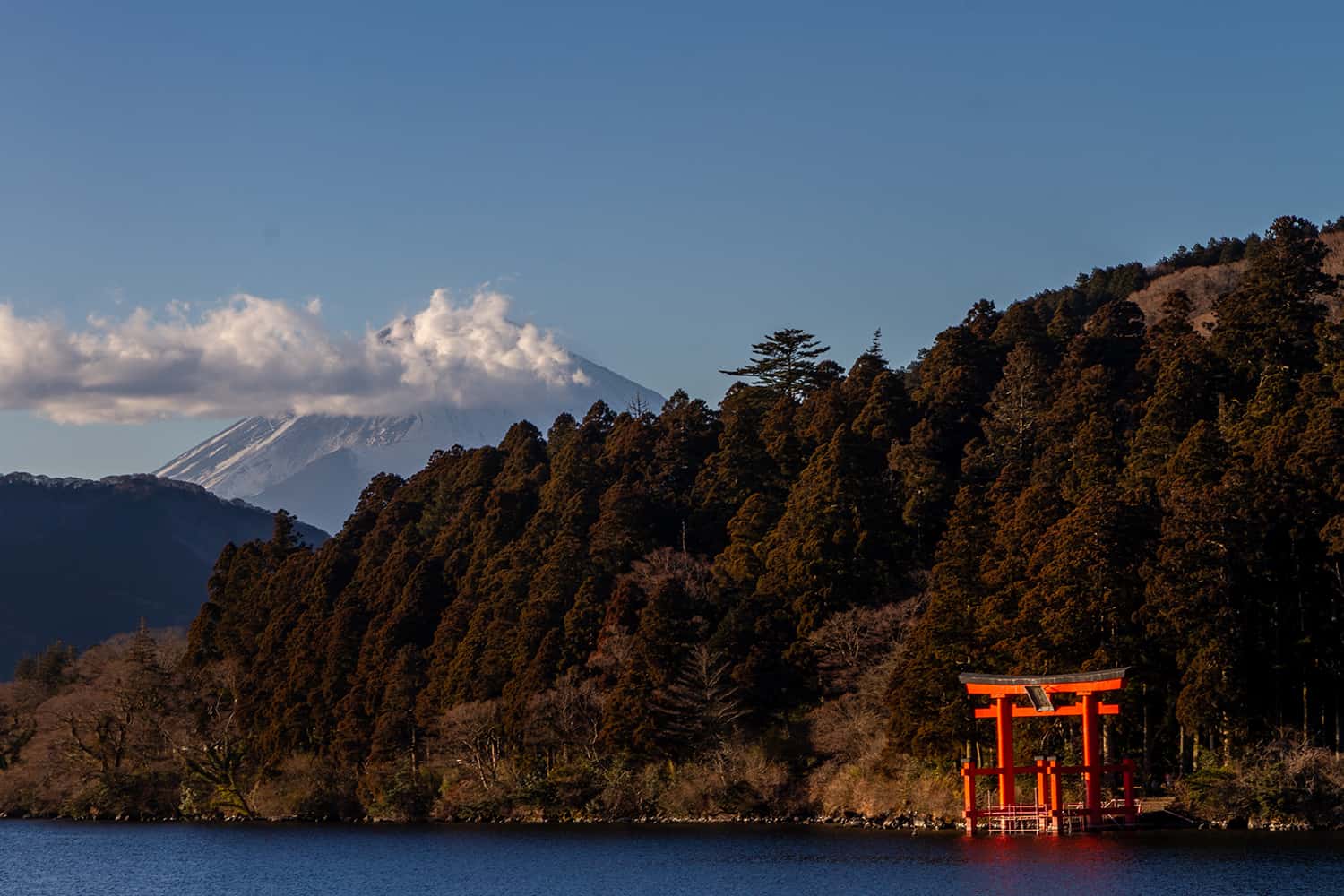
3 Nights
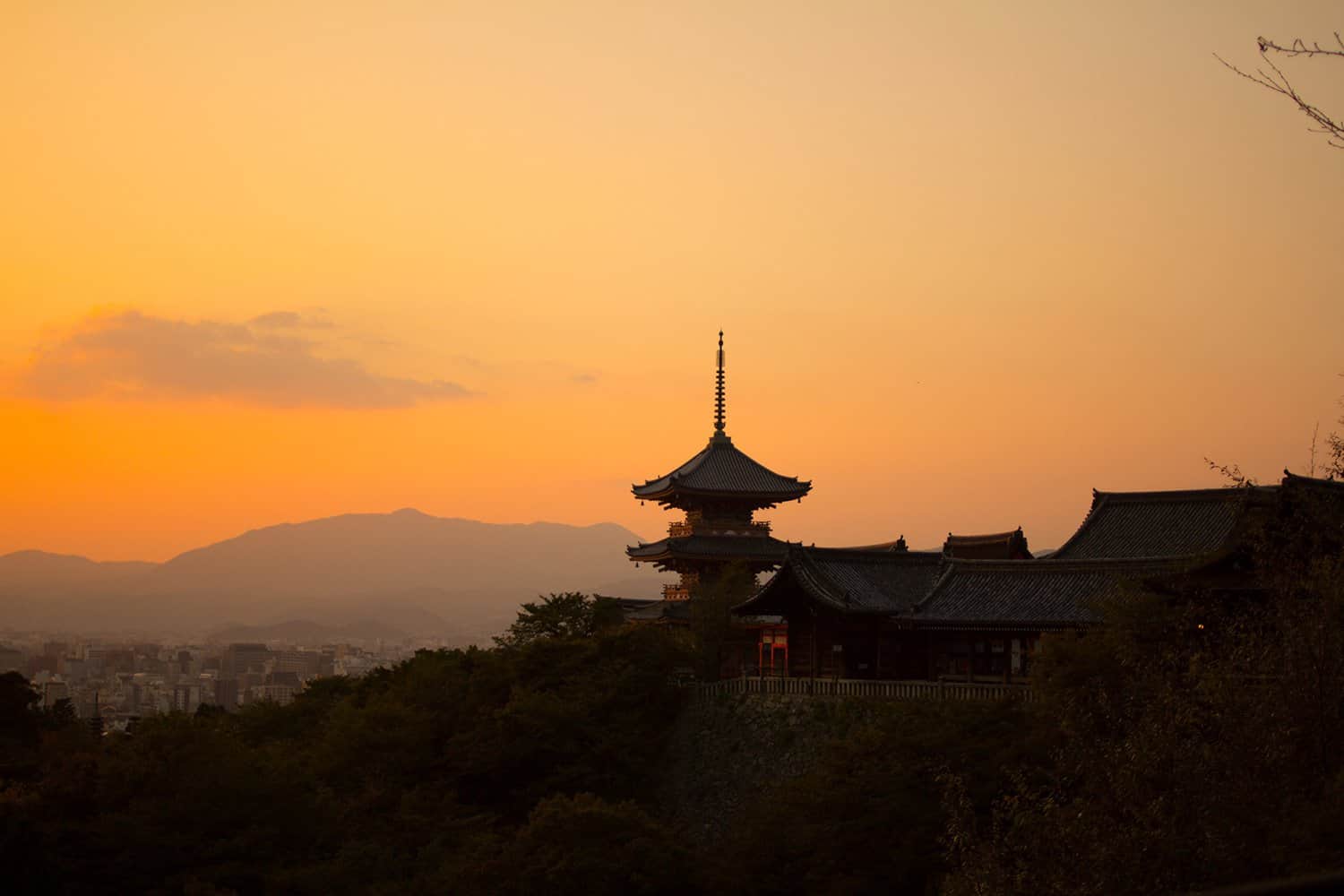
Visit

1 Night
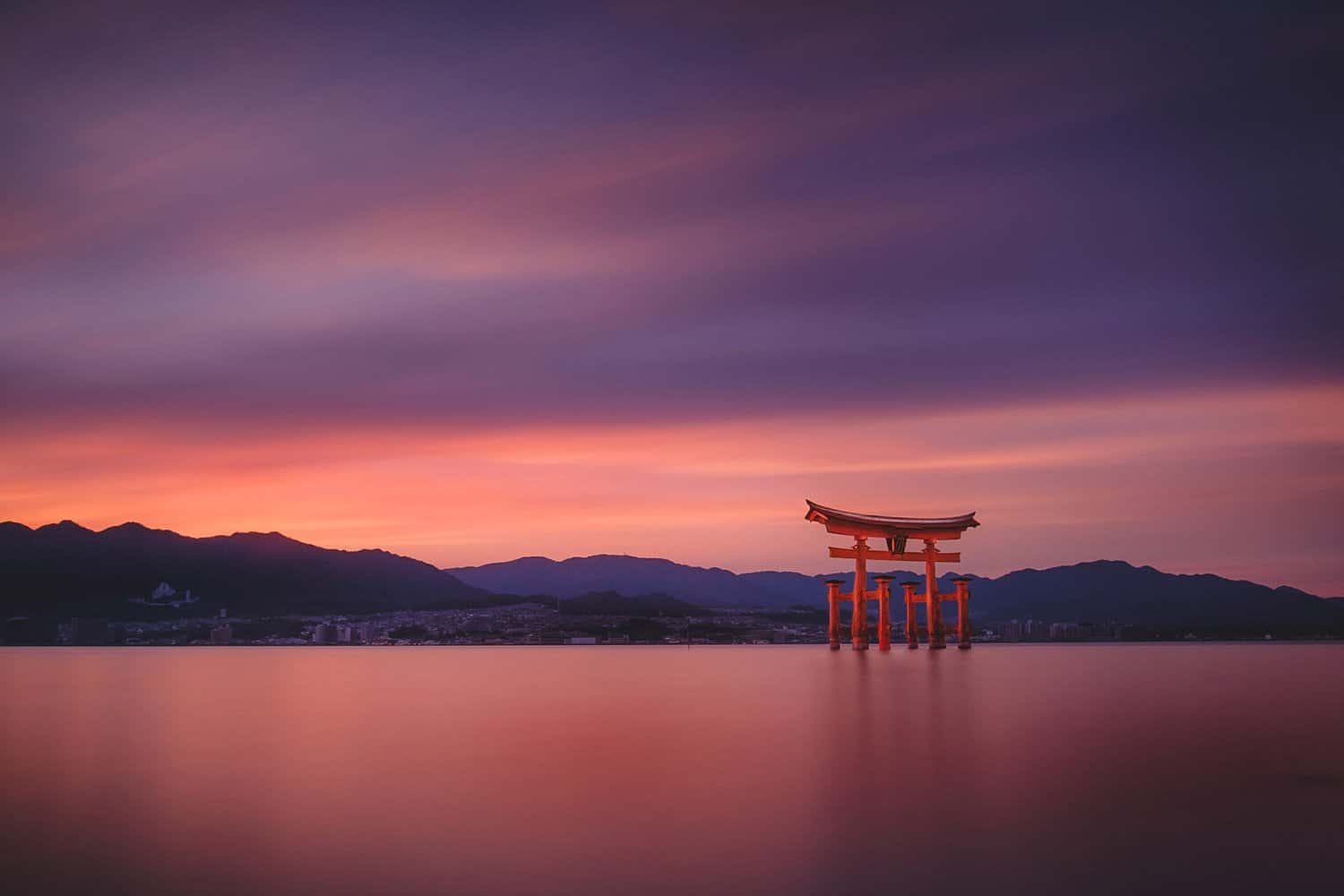
1 Night

1 Night
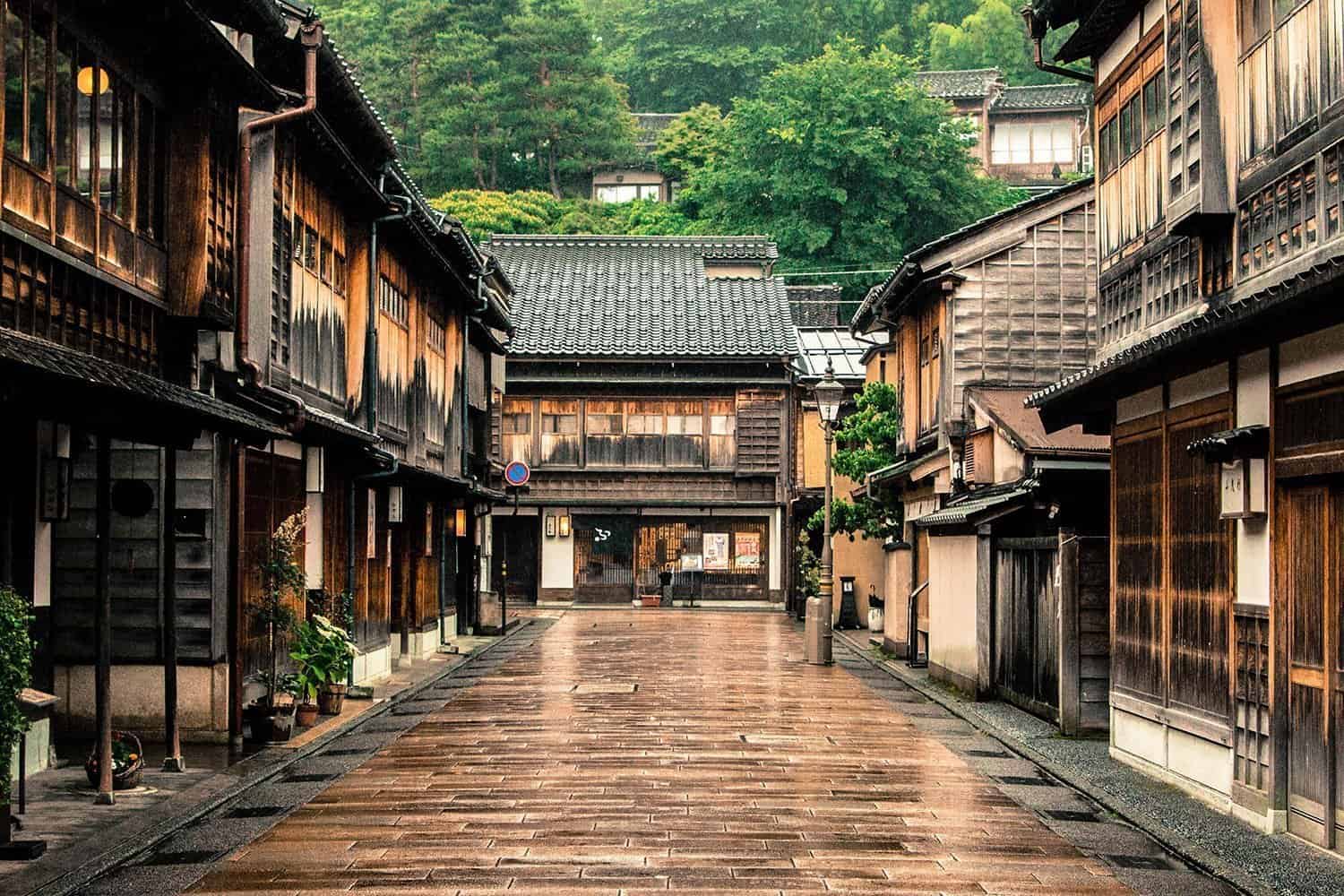
Overview

Yokoso 日本へようこそ!– Welcome to Japan !
After clearing customs and immigration, transfer by private car to your ideally located hotel.
Then you’ll likely spend your first day in Japan just getting settled.
You might want to lock down some of the best food in Tokyo and enjoy a truly unique meal! A multi-course kaiseki, an omakase sushi experience…
Or follow the lead of our food-obsessed expert and spend an early evening hopping between Izakaya! and discover the delights of small-plate dining and sake.
Tokyo is a huge, wealthy and fascinating metropolis which brings high-tech visions of the future side by side with glimpses of old Japan, and has something for everyone.
Most visitors to Tokyo will visit the most well-known sights – Asakusa, Shinjuku, Shibuya, Harajuku and the Meiji Shrine. These are all of course worth visiting, but Tokyo also offer a multitude of choices for travelers looking for a less touristy and typical Japanese experience.
The real charm of Tokyo is more discreet. We can discover it in the maze of streets behind the main one, with a village atmosphere, miles away from urban life. It is warm and simple, full of nice shops with clean design as well as charming cafes and small bars…
Explore Tokyo at your own pace with a private guide who will adapt the itinerary to your interests, uncovering both iconic landmarks and hidden gems.


Witness for another day the beauty of autumn leaves against the backdrop of Tokyo attractions.
Or escape Tokyo’s urban jungle for a day of autumn splendor!
Hike through the fiery foliage of Mount Takao, taking in panoramic views from the summit. One of Japan’s most famous place for autumn foliage viewing that was awarded three stars from Michelin! And the hot springs at Gokuraku-no-Yu – the ideal way to relax after admiring the beautiful autumn foliage here.
Then, wander the golden ginkgo avenues of Showa Kinen Park, where fallen leaves create a breathtaking carpet. The park is especially great to visit for Koyo because of the many different trees and flowers they have all throughout the park.
A perfect autumn escape for nature lovers!
Start your day with a scenic train ride to Nikko.
Nikko, is a small town North of Tokyo at the entrance of Nikko National Park, most famous for World Heritage Site Toshogu Shrine and the mausoleum of Tokugawa Ieyasu, the founder of the Tokugawa shogunate, the first shogun of a long line.
And other World Heritage sites, Shinkyo (The Sacred Bridge) Rinnoji Temple Complex- Sanbutsudo (Three Buddha Hall),…
Also known for its beautiful autumn colors (Koyo), your local expert will guide you through the Nikko National Park which offers scenic, mountainous landscapes, lakes, waterfalls, hot springs, hiking trails and wild monkeys.
The city of Nikko has various types of onsen that offer different atmosphere, overflowing with an abundance of deeply satisfying hot water of good quality. An overnight stay at a ryokan/onsen is also recommended.


Travel by shinkansen (bullet train) or Romance Car to Hakone.
Nestled in the Fuji-Hakone-Izu National Park, Hakone is a picturesque resort town renowned for its natural beauty, hot springs, and stunning views of Mount Fuji (if the weather permit).
It is fun journey which combines rides on several trains or buses, funicular, cable car and enjoy a cruise across the peaceful Ashino-ko lake, surrounded by natural beauty and the view of nearby Mt. Fuji.
Hakone is also one of Japan’s most popular hot spring resorts, with more than a dozen springs providing hot spring water to the many bath houses and ryokan in the area.
At your ryokan, you will be treated to a tasty traditional Kaiseki dinner before retiring to your room and your private hot spring bath.
Before transferring to Odawara for your shinkansen journey to Kyoto, you might consider a visit to the Hakone Open Air Museum with its Picasso exhibit.
In the evening, explore Gion with your guide – Gion is part of the Higashiyama or “Eastern Mountain” area of Kyoto. It’s one of the famous geisha (called “geiko” in Kyoto) districts in the city, stretching from Yasaka Shrine in the east to the Kamo River in the west, and from the Shirakawa Canal in the north to Kenninji Temple in the south.
Not the only geisha district left in Japan, Gion is a collection of streets defined by its traditional wooden merchant houses, beautifully illuminated by glittering neon lights and exclusive Japanese restaurants.
As dusk falls, visitors can marvel night illumination and night viewing at nearby Kiyomizu-dera or other temples and shrines in town.


Kyoto – literally, “Capital City” – has been called a variety of names through the centuries – Heian-kyō “Capital of Peace and Tranquillity”, Miyako “The Capital”, and Saikyō “Western Capital” was obviously the capital of Japan for over a millennium, and has the reputation of being its most beautiful city.
However, visitors may be surprised by how much work they will have to do to see Kyoto’s beautiful side. Unlike Tokyo, Kyoto was able to keep the customs and traditions of the Old Japan, as it was spared from the bombing of the Second World War and was never affected by earthquakes and other natural disasters.
Nonetheless, the persistent visitor will soon discover Kyoto’s hidden beauty in the temples and parks which ring the city center, and find that Kyoto is the perfect location to appreciate the artistic beauty of Japan’s autumn scenery.
Continue exploring Kyoto’s highlights and begin your morning at Nishiki Market, Kyoto’s historic “Kitchen,” or explore the ethereal moss gardens of Saiho-ji Temple.
Don’t miss Arashiyama, this little corner of greenery crossed by the Katsura-gawa river, which will enchant you with its authentic atmosphere. Symbol of the district: the famous Togetsu-kyo bridge offers a unique view of the river and its gorge.
You could also enjoy the “Sagano Romantic Train“, the steam train of the Sagano line offers a 25-minute journey along the banks of the Hozu River and Hozukyo ravine.
Or enjoy the Hozugawa River Cruises, a sightseeing boat rides down the Hozugawa River from Kameoka to Arashiyama.
Alternatively, choose from our curated Kyoto experiences.


Today experience Nara’s autumn magic ! – Japan’s first permanent capital in the 8th century.
Often overshadowed by its more famous neighbor Kyoto, Nara is omitted from many tourist’s itinerary. However, Nara is a treasure trove of historical and cultural gems. It is home to many important historical sites, such as Todai-ji Temple, the world’s largest wooden structure.
But Nara’s rich heritage also spans ancient monuments, some of Japan’s oldest temples and shrines and sacred mountain trails – Nara is the starting point of one of the World Heritage Kumano Trails.
While the park may be the main attraction for some, nearby Mount Yoshino in autumn is brushed in fiery red, yellow and orange, as the cherry blossom trees as well as maple leaves turn colors to create a splendid scenery.
Board a shinkansen to experience Hiroshima’s autumn beauty! .
Capital of the prefecture of the same name, Hiroshima is the most important city of the Chugoku region.
The most recognizable memorial in Hiroshima, the Atomic Bomb Dome is also known for its its golden ginkgo trees. The beautiful scenery, along with the presence of the dome, create a peaceful yet haunting reminder of the horrors of war.
You will spend the rest of the day and evening in Itsukushima. Popularly known as Miyajima, famous for its giant torii gate, which at high tide seems to float on the water. The sight is ranked as one of Japan’s three best views and is lit up from sunset to 11 pm all year.
Also with a name meaning “maple viewing valley park”, Momijidani park on the island is one of the best spots to see autumn colors in Japan.


Travel by shinkansen to Himeji.
Himeji is a small town located at the western end of the Kansai region famous for its wooden castle.
The castle grounds Himeji-jo, nicknamed Hakurojo or Shirasagijo (White Heron Castle) is widely considered Japan’s most spectacular castle for its imposing size and beauty and its well preserved, complex castle grounds.
Next to the castle lies Koko-en Garden, a traditional Japanese landscape garden with nine separate walled gardens designed in various style. The most striking display occurs in autumn, when the garden is transformed by the vibrant colors of the autumn leaves.
In the afternoon you will board another shinkansen to Osaka.
Enjoy the evening in Osaka, an explosion of neon and entertainment at Osaka’s Times Square. By day, Dotonbori, the bustling main street, caters to every taste, but it truly comes alive at night, earning its place as one of Japan’s iconic landmarks.
As dusk falls, neon lights and billboards transform the streets into a mesmerizing spectacle, teeming with shoppers, families, and friends.
Travel by train and shinkansen to Kanazawa.
Kanazawa, with its rich history and cultural heritage, is a hidden gem that truly shines in autumn.
Kanazawa’s importance grew in the 15th century and served as the seat of the Maeda clan, the second most powerful clan after the Tokugawa in terms of rice production and fief size. Accordingly, Kanazawa grew to become a town of great cultural achievements, rivaling Kyoto and Edo (Tokyo).
Unlike Kyoto, which can sometimes feel overrun with tourists, Kanazawa offers a more intimate and authentic experience, allowing visitors to step back in time and immerse themselves in traditional Japanese culture.
After dark explore the Geisha districts, and hear the tales of what actually went on in this district during the Edo period.


You may want to skip breakfast at your hotel and get one at Omicho Market which has been Kanazawa’s largest fresh food market since the Edo Period. Take your pick from squid, octopus, ikura (salmon roe), and even fresh iwagaki (rock oysters) and uni (sea urchins) that you can eat right on the spot.
And visit one of the prime spots to experience Kanazawa’s fall colors, Kenrokuen Garden, considered one of the most beautiful gardens in Japan.
And before heading back to Tokyo, you may want to do some shopping. Kanazawa is particularly well known for confectionery, sake rice wine, goods decorated with gold leaf, kutani-yaki style ceramics, and shikki style lacquerware.
Then in the afternoon board a shinkansen to Tokyo for your last evening in the land of the rising sun.
Depending on your departure time, you may want to do some last shopping.
Tokyo is a shopper’s paradise with several famous shopping districts.
With world-class shopping districts found across Tokyo, ensure you head home with plenty of gifts alongside an unforgettable experience.
Transfer by private car to Haneda or Narita airport for your flight back home.

Handpicked for an Unmatched Experience
Please fill in the details below. We will reply within 24 hours.
By appointment only
1 Hinookakamodochō, Yamashina-ku,
Kyoto-shi, Kyoto 607-8495
booking@privatetours.jp
Tel: +81(0)75-585-5818
Travel Agency Registration: Kyoto 3-1039
The website might use cookies to personalize content, to provide social media features and to analyze our traffic. We do not share that information with third parties.
OKLearn moreWe may request cookies to be set on your device. We use cookies to let us know when you visit our websites, how you interact with us, to enrich your user experience, and to customize your relationship with our website.
Click on the different category headings to find out more. You can also change some of your preferences. Note that blocking some types of cookies may impact your experience on our websites and the services we are able to offer.
These cookies are strictly necessary to provide you with services available through our website and to use some of its features.
Because these cookies are strictly necessary to deliver the website, refusing them will have impact how our site functions. You always can block or delete cookies by changing your browser settings and force blocking all cookies on this website. But this will always prompt you to accept/refuse cookies when revisiting our site.
We fully respect if you want to refuse cookies but to avoid asking you again and again kindly allow us to store a cookie for that. You are free to opt out any time or opt in for other cookies to get a better experience. If you refuse cookies we will remove all set cookies in our domain.
We provide you with a list of stored cookies on your computer in our domain so you can check what we stored. Due to security reasons we are not able to show or modify cookies from other domains. You can check these in your browser security settings.
We also use different external services like Google Webfonts, Google Maps, and external Video providers. Since these providers may collect personal data like your IP address we allow you to block them here. Please be aware that this might heavily reduce the functionality and appearance of our site. Changes will take effect once you reload the page.
Google Webfont Settings:
Google Map Settings:
Google reCaptcha Settings:
Vimeo and Youtube video embeds:
You can read about our cookies and privacy settings in detail on our Privacy Policy Page.
Cookies
